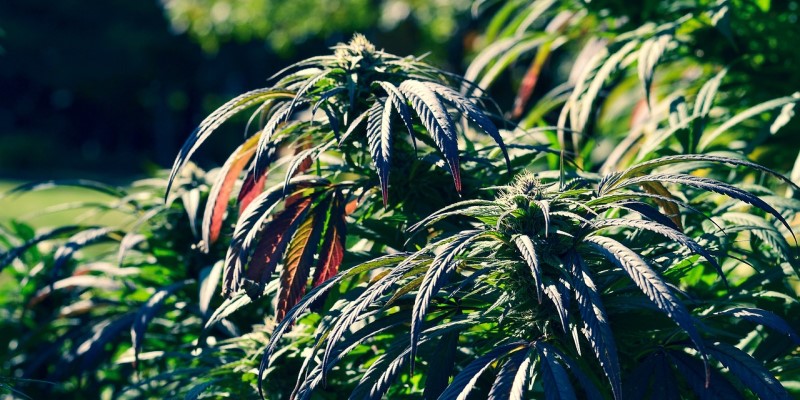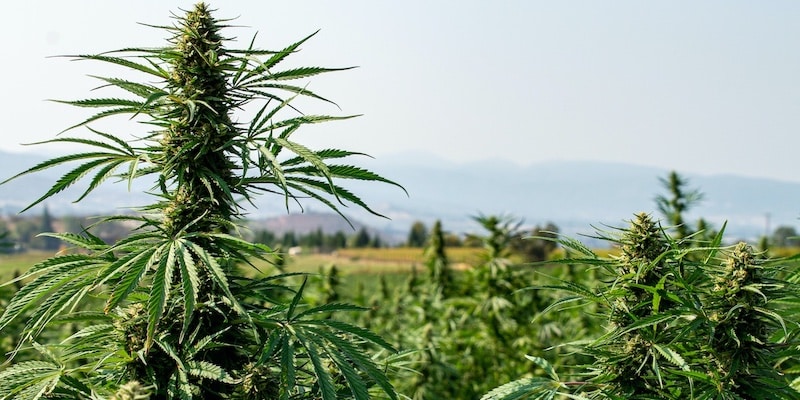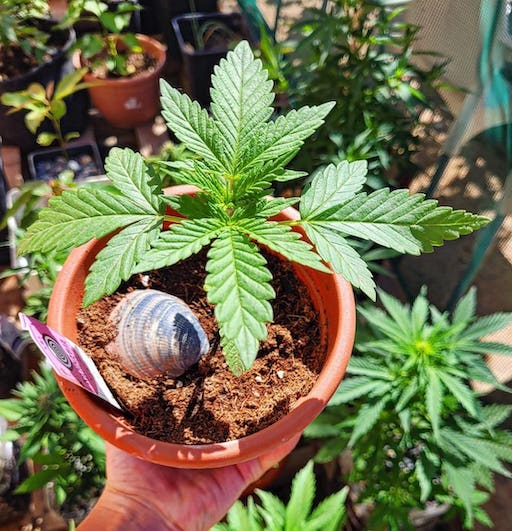
How to make guerrilla growing as sustainable as possible
Guerrilla growing can be the perfect option for those wanting to grow cannabis outdoors but who lack a space like a garden or a patio; or simply for those who have nosy neighbours. When done…
Iberian Peninsula express shipping
0€ Orders over 60€
*6€ orders under 59€
East, West, South Europe express shipping
0€ Orders over 150€
*18€ orders under 149€
North Europe express shipping
0€ Orders over 160€
*20€ orders under 159€
Ireland, Norway, UK normal shipping
0€ Orders over 60€
*6€ orders under 59€
Rest of the world normal shipping
0€ Orders over 180€
*25€ orders under 179€
Shipping costs can be confirmed in your shopping cart.
For additional shipping methods, please reach out through info@kannabia.com.


*Website protected by SSL.
**Not available in all regions.
*Your coupon will be sent via email.
*Should you have any question, comment or feedback, please do not hesitate to contact us.

We are already in May, and many outdoor growers are probably wondering if they’re already too late to plant their marijuana seeds and get the best possible yield. There’s no need to worry, though: cannabis is a plant species that stands out for its high adaptability, so you still have time to germinate your Cannabis seeds with the guarantee of a great harvest. We’ll explain why here!
When is the best time to start a marijuana grow? To be able to answer this question, there’s another more important issue that needs to be discussed first: How long does marijuana take to grow out in the open?
Cannabis in an annual plant that develops its big buds between late summer and autumn. Each spring, growers plant their seeds with the hope of producing plants that are both vigorous and hardy during their vegetative stage. As the plants develop, the summer solstice brings a longer period of darkness which sets off the flowering phase. In autumn, the flowers start to ripen before they are eventually harvested.
Therefore, photo-dependent cannabis plants can take between 5 and 6 months (or longer) to fully mature outdoors, whereas autoflowering strains reduce it to about half that time. But this may vary depending on a number of different factors: Are you growing from a seed or a seedling? How’s the climate in your region? What type of strain are you growing? What type of growing techniques are you using? These are only a few of the questions that you’ll need to ask yourself to determine your time limit for planting.
The time that a cannabis plant takes to grow outdoors depends on the latitude of the region, which is the distance between that region and the equator. For instance, cannabis seeds are usually planted between early March and late May in the northern hemisphere. After a few months, the plants are harvested between September and November.
In the southern hemisphere, the growing season is exactly the opposite: growers start sowing between September and November, so they can harvest between March and May. On the other hand, cannabis growers who live near the equator have the luxury of being able to grow all year round, as there are hardly any variations in the duration of the periods of light and darkness in that area.
When you grow marijuana outdoors, the genetic makeup of your strain also has an influence on how quickly your weed grows. Generally, indicas tend to flower more quickly than sativas, so they finish their cycle earlier. This means that, when sativas are grown in latitudes which are too far north or south, they may not have sufficient time to fully grow due to the earlier arrival of the cold weather.
On the contrary, in the tropics, where a warm climate is the norm, cannabis plants can complete their life cycle much later than in places with extreme conditions of either heat or cold, where they are forced to mature earlier.
You don’t need to worry if you missed the start of the outdoor season by a month or two: you can still obtain a high-quality outdoor cannabis yield, even if you start late (if you plant your seeds in June or even July). Having said that, your photo-dependent strains will have missed part of their vegetative period, which translates into a slightly reduced yield; but its quality won’t be affected.
For outdoor cannabis growers, the months closest to the summer solstice are the best time to plant. During those months, nights are short enough to stimulate vegetative growth but not the flowering buds. One widespread practice amongst outdoor growers in the northern hemisphere is to plant cannabis before the summer solstice (21st June). From that moment on, the days become shorter and the nights become longer, and cannabis plants keep developing their leaves and branches until the light / darkness ratio reaches the point with longer periods of darkness.
Nonetheless, it is also important to keep in mind that you can still plant Cannabis seeds after the summer solstice (which is the longest day of the summer), and you’ll still be able to obtain a decent yield. For growers in the northern hemisphere, germinating their photo-dependent cannabis seeds even in mid-July (or mid-January in the southern hemisphere) would give them around 4 weeks of vegetative growth before about 8 weeks of flowering. This would be around 3 months in total, which is 2 – 3 months shorter than the ideal amount, and which will have inevitable consequences on both size and yield.

This is the other side of the coin; a question that probably depends more on the local latitude and climate rather than on the cannabis seeds themselves. In northern Europe, growers usually harvest in late September / early October, before the arrival of the first cold days of autumn. However, this is based on the assumption that the good weather lasts this long, since there are no guarantees that winter won’t arrive earlier.
In contrast, many growers who live in warm climates with long summers (like the Mediterranean) can harvest their plants in November or even December. This gives them the chance to start an outdoor cannabis grow in late summer and still produce a good yield, even with photo-dependent, long-flowering sativa strains.
As they don’t depend on the photoperiod to flower, autoflowering seeds can often produce 3 successive outdoor crops per year when grown in regions with a warm climate and a long growing season. The fact that their growth cycle is so fast, in addition to their high resistance, means that autoflowering seeds are a great way to obtain a good yield outdoors after a late start. Their life cycle is around 100 days, so they’re the most convenient option for growers looking to plant cannabis as late as the end of the summer.
Besides autoflowering seeds (which can be planted at any time, weather permitting), a late outdoor start calls for photo-dependent strains that are known for their quick flowering and proven resistance to the climate at the end of the season (both in terms of temperature fluctuations and high humidity levels caused by the first autumnal rains).
These are some of the Kannabia varieties that meet these requirements: